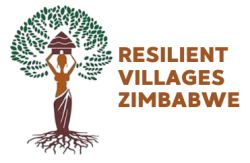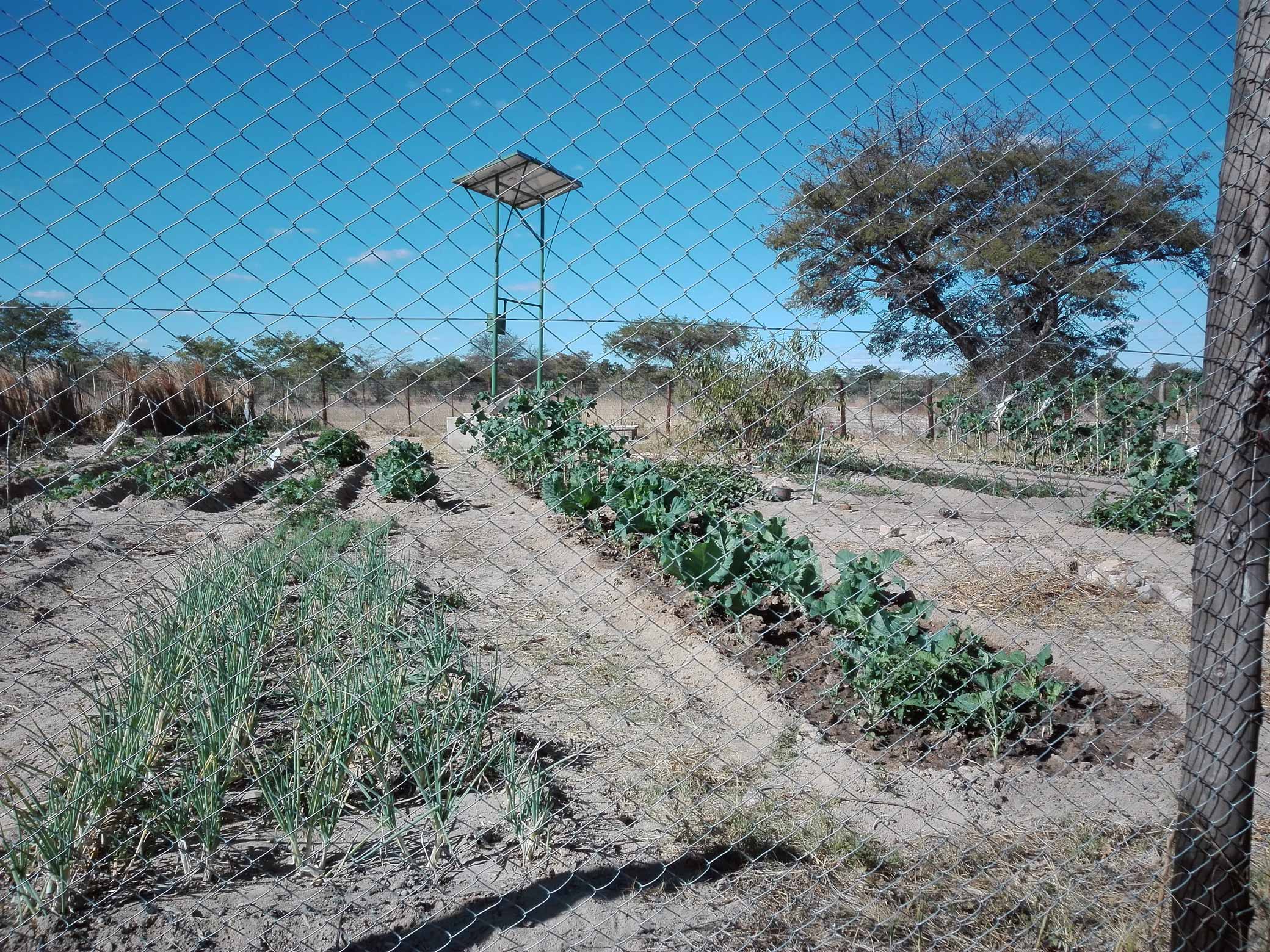Fencing of nutrition gardens using mesh wire has demonstrated to be environmentally friendly as (compared to Twigs fenced Garden) it helps reduce deforestation and the effects of climate change, by allowing forests to regenerate naturally
Advantages
Reduced Demand for Wood:
- Twig fences: Traditionally, gardens are fenced using cut branches and twigs. This creates a demand for wood, which can lead to deforestation, especially in areas with limited resources.
- Mesh wire: By using mesh wire, the need to cut down trees for fencing is eliminated. This protects existing forests and allows them to regenerate naturally.

Twig fenced gardens are detrimental to the environment
Forest Regeneration Benefits:
- Habitat and Biodiversity: Healthy forests provide vital habitat for countless species of plants and animals. Deforestation disrupts this balance. By preventing deforestation, mesh wire fencing helps maintain biodiversity and healthy ecosystems.
- Carbon Sequestration: Forests act as carbon sinks, absorbing carbon dioxide from the atmosphere and mitigating climate change. Protecting and allowing forests to regrow increases their capacity to store carbon, reducing greenhouse gas emissions.
- Soil Health: Forests play a crucial role in maintaining healthy soil. Their roots prevent erosion, and fallen leaves decompose, adding nutrients to the soil. Protecting forests promotes healthy soil for future generations.
- Water Regulation: Forests help regulate the water cycle by absorbing and releasing water slowly. Deforestation can lead to floods and droughts. Protecting forests ensures a more balanced water cycle.
Additional Points:
- Durability: Mesh wire fences are generally more durable than twig fences, requiring less frequent replacements and repairs. This further reduces the long-term environmental impact.
- Community Benefits: Healthy forests can provide communities with a variety of benefits, such as improved air quality, reduced soil erosion, and increased rainfall.
Overall, using mesh wire for nutrition garden fencing promotes a sustainable approach to food production. It protects valuable forests and contributes to a healthier environment for communities

